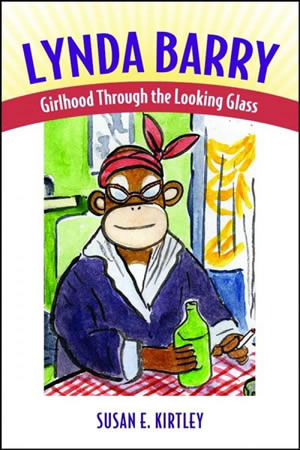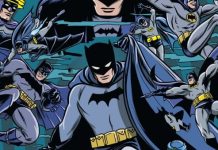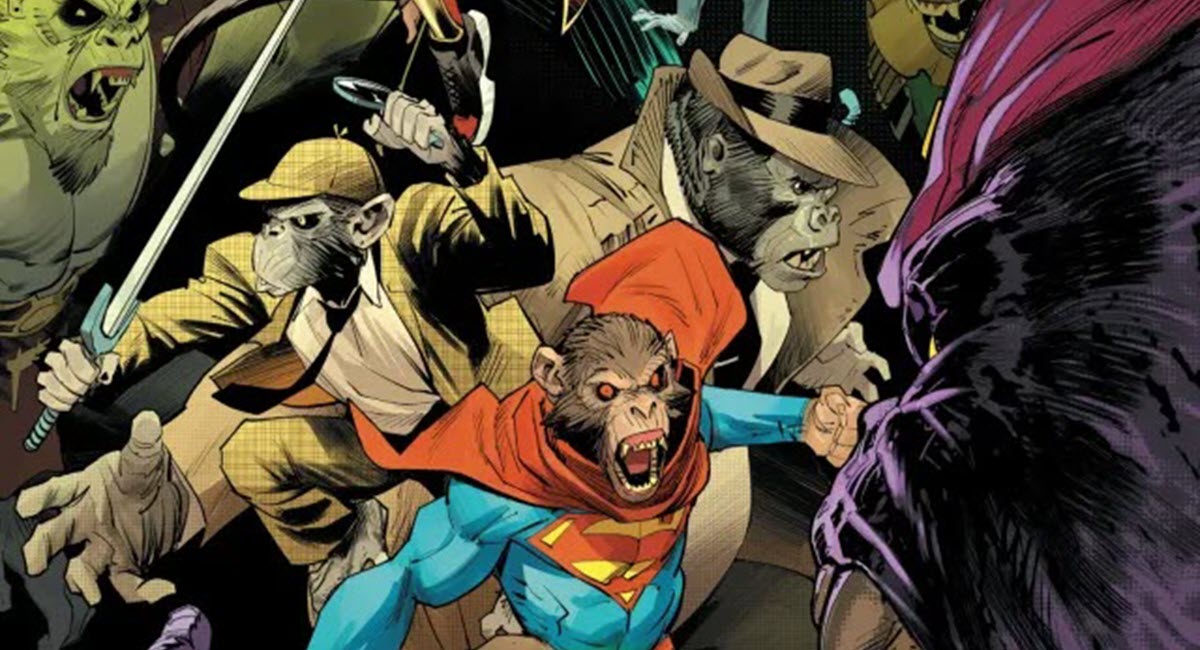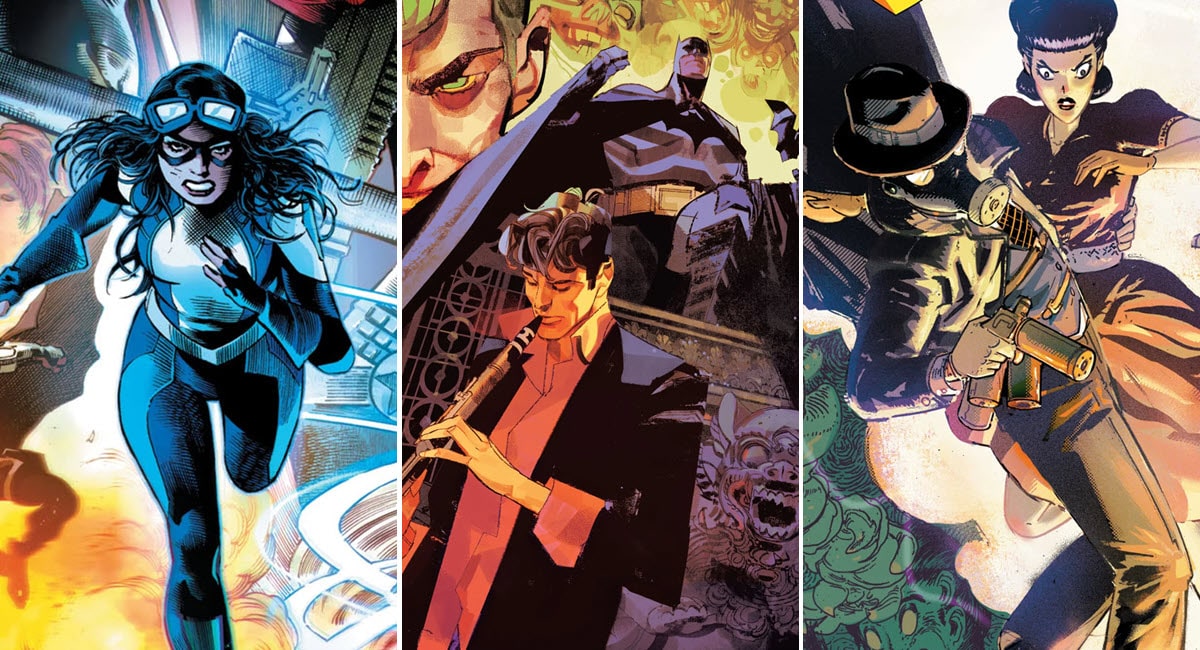The swing of this year’s SDCC has finally begun to wind down, and while there was inarguably no lack in the immense influx of comics/movie/merchandise-related news, there was amazingly still a capacity for SDCC to focus on and feature the burgeoning comic academic scene. Along with this year’s Comics Art Conference, the Eisner Awards have recognized a number of comics criticism in the category “Best Educational/Academic Work,” and this year’s awardee was none other than Susan E. Kirtley’s LYNDA BARRY: GIRLHOOD THROUGH THE LOOKING GLASS. Kirtley, a Portland based author and professor, penned the first comprehensive exposition on the acclaimed alternative cartoonist and artist, a fully-realized critique of the evolution of Barry as creator and the hybrid, polyscopic nature behind such illustrious works like ONE HUNDRED DEMONS, CRUDDY, and PICTURE THIS to name a few. Kirtley resourcefully provides a much-needed overview of Barry’s career long dedication to subverting the “sugar and spice,” romanticized notions of femininity, choosing instead to depict realistic, flawed females from all ranges of life that triumph in the exploration of their own imaginative creativity. GIRLHOOD THROUGH THE LOOKING GLASS succeeds because of Kirtley’s meticulous attention to the recurrent images of girls theme, producing a commentary which is serious enough to further legitimatize comics scholarship while at the same time being absorbing enough for readers unfamiliar with the comics discipline.
As part of the University Press of Mississippi’s “Great Comics Artist Series” (which have included critical writing on Alan Moore, Chris Ware, Rodolphe Töpffer, and Osamu Tezuka), Lynda Barry is the first female cartoonist to have a volume solely focused on her work, no doubt a vital addition to the repertoire of UPM’s superb comics-related publications. While there has been a number of scholarly writing on Barry’s shifting styles and the variation of her chosen mediums, few have contemplated or prioritized Barry’s self-described “image wrangling” technique and its relationship to her portrayal of girls on the verge of adulthood. Kirtley dismantles this vital precipice in Barry’s storytelling by tackling, from beginning to end, every stage of Barry’s experimental development and the subsequent work composed. Barry has often been included within the dialogue of autobiographical cartoonists, frequently in the company of authors like Julie Doucet, Phoebe Gloeckner, Marjane Satrapi, and Aline Kowinsky-Crumb. Kirtley dedicates a portion of the first chapter to introduce and acknowledge these cartoonists, yet she makes it a point to distinguish Barry’s difference, avoiding the lumping of and generalization that most female cartoonists are pursuing similar forms of execution and subject matter. Alternatively, Kirtley positions Barry as a creator who “constantly changes styles, techniques, tools, and genres, never quite settling in any one place; and her ever-evolving means of expression frustrates any attempts at classification.” (5) This sets the groundwork for the rest of the book, presenting Barry as an outsider by choice, and from this perspective, highlights the context of Barry’s images of girls that struggle in the liminal stages of maturation as they grapple with racism, identity, class inequality, distorted ideals of beauty, and the overall chaos and absurdity of life. Kirtley is concise in demonstrating Barry’s true mastery of capturing what it is like to be young, tracking from the manifestation of girlhood present since her first book, TWO SISTERS COMEEK.
Another strength in GIRLHOOD THROUGH THE LOOKING GLASS is Kirtley’s utilization of a multi-disciplinary analysis in examining the multiple visual and verbal ways of seeing. As a professor of rhetoric and composition, Kirtley could easily have contained her anyalysis within literary theory, limiting the complexity of not only the comics medium, but also Barry’s vast word and image cross-discursivity. Kirtley does not debate previously established literariness and terminology that many scholars have ushered into the still-evolving canon of comics academia, instead utilizing numerous theories from well-known Franco-Belgian and American critics such as Pascal Lefevre, Thierry Groensteen, Charles Hatfield, Hillary Chute, and WJT Mitchell. Also included is commentary from a number of well respected cartoonists and contemporary writers, ushering a dexterous reflection from the perspective of a creator. This allows for a study that encompasses semiotics, feminist studies, visual/narrative signification, narratology, psychoanalysis, and the overall form of comic art. In turn, through this multi-disciplinary application, Kirtley presents Barry as an icon, a boundary-treading master creator who blends the high/low cultural placement of comics, and whose work allows the reader to “see visually and read narratively…[and] feel both textually and texturally.”(153) Barry’s comics can be deceptively simple and superficially labeled as lacking artistic aptitude, but Kirtley excels at explicating the unique and playful ways that Barry deconstructs language and how her style embodies and reflects the imaginative spirit of true girlhood. Through the detailed dissection of Barry’s process, Kirtley tracks the advancements of method and technique from everything from the binocular double vision of THE GOOD TIMES ARE KILLING ME to the use of multiple focalizers in ERNIE POOK’S COMEEK. Just as Barry’s work can be read as a “fun-house maze of mirrors,” (81) Kirtley debunks any notions of conventionality or simplicity, highlighting the labyrinthine essence of Barry’s comics to similarly mimic the complicatedness of being a youth trapped in an adult world.
The past decade has proven the strength and growth in the study of autobiographical comics scholarship, and Barry is an undeniable force in pushing the limits of the form. In chapter four titled “Through a Glass Darkley,” Kirtley dedicates an investigation into what Barry dubs “autobifictionalography” and its relation to the true and authentic reflections of the real. Perhaps what makes this “autobifictionalography” so pertinent to the study of comics is, as Kirtley describes, the reader’s ability to interact and engage with the material. Utilizing one of Barry’s darkest works, CRUDDY, Kirtley presents how Barry dismantles the romance of girlhood by “call[ing] on the reader to fashion his or her own mental image of the girl, acting as yet another mirror, another interpretation, another illusion.” (78) Blurring the lines of fiction and reality, the reader becomes actively involved with the character Roberta Rohbeson and must interrogate the grim artifacts of narrative, piecing and shaping Roberta’s selfhood as they are fragmentarily revealed. It is a rare feat for a reader to become an amalgamation of witness/confident/author, but Kirtley succeeds in examining just how Barry places the reader in a position to create their own representation of Roberta by calling upon their own experiences. The reader must continually question the “truths” of the images and text presented, as Kirtley attests that the theme of audience participation is just as manifest as the various symbols of girlhood. More than just substantiating Barry’s inbuilt duality of word and image in comics, Kirtley offers an irrefutable critique of the power of autobiographical comics form in their potential to create a dialogue about the instability of the self, an eventuality that the comics medium exclusively produces.
While Kirtley excels at microscopically scrutinizing the overarching theme of girlhood present throughout Barry’s oeuvre, at times this argument seems too overplayed, resembling a repetitive thesis rather than a definitive exposition. The accessibility and organization of Kirtley’s writing make GIRLHOOD THROUGH THE LOOKING GLASS an excellent resource to introduce the complexity of a cult creator like Barry, but it leaves an inclination for further study. Perhaps the weakness of the text lays in the fact that this was Kirtley’s first foray into comics scholarship, and while she does an impressive job at setting the groundwork and timeline of an investigation into Barry’s career, the book does leave a few things to be desired. Much of her analysis is a reiteration of previous interpretations, and while they are extremely enlightening, Kirtley’s own voice is slightly silenced amongst the intellectuals she cites. As can be seen in recent Drawn and Quarterly’s publishing of PICTURE THIS or WHAT IT IS, Barry’s work is spectrally sweeping, her art transcends panel limitations and often times amasses a page’s entirety. Whilst Kirtley’s writing is meant to be for a scholastic treatment, it seems an injustice to not present images in their entirety and on such a small scale. However, these faults only compose a slight margin of error, and overall Kirtley demonstrates a scrupulous and critical achievement in a text that enriches the scholarly discussion of the many ways that Barry examines the artifice of girlhood along with celebrating her method of creativity for her subjects and readership. What Kirtley leaves us with is a true mirror of the effect of Barry’s work—a visceral, emotional self-excavation of the ontology of girlhood and the inspirational essence of imaginative creativity.








